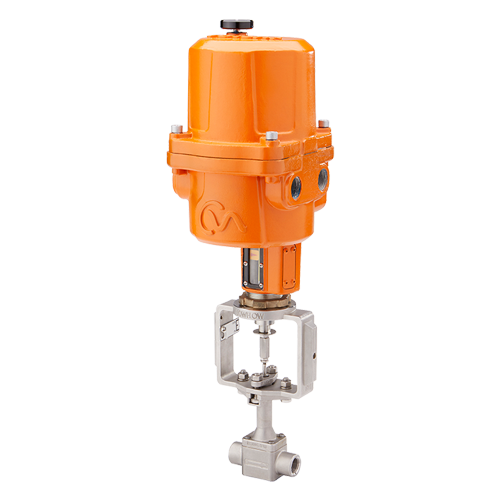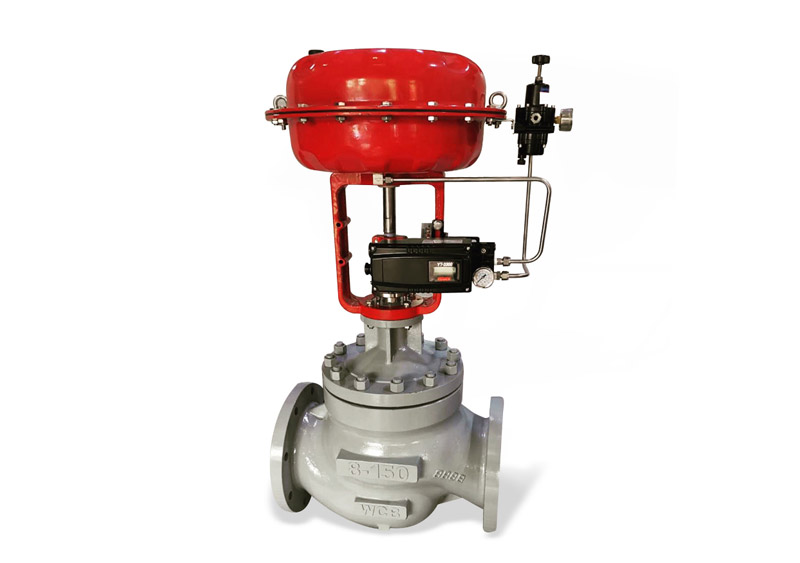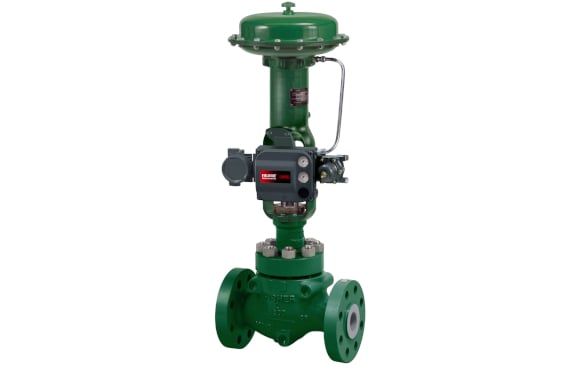Effective Control Valves: Trick Elements for Reliable System Monitoring
Effective Control Valves: Trick Elements for Reliable System Monitoring
Blog Article

Maximize Energy Cost Savings and Comfort With Advanced Structure Automation Controls
In the world of modern design and facility management, the assimilation of innovative structure automation controls stands as a pivotal advancement. By taking advantage of the power of automation, buildings can adapt, respond, and advance in means that were when unbelievable.
Energy Efficiency Conveniences
Energy effectiveness benefits can substantially lower power usage and functional costs in structures. By carrying out energy-efficient methods and modern technologies, building proprietors and operators can attain significant savings while likewise contributing to environmental sustainability. One of the key benefits of improving power performance in structures is the decrease of energy costs. Energy-efficient systems, such as sophisticated structure automation controls, can optimize the use of resources like heating, lighting, and cooling, resulting in lower power costs over time.
In addition, improved power effectiveness can prolong the life-span of structure equipment and systems. By running a lot more efficiently, HVAC systems, light, and other structure components experience much less wear and tear, causing reduced upkeep and substitute expenses. Furthermore, energy-efficient structures commonly regulate greater building values and rental rates, offering lasting economic benefits to owners.
Moreover, power efficiency can enhance resident comfort and productivity. Correctly regulated interior atmospheres with ideal lighting and thermal problems produce an even more conducive and enjoyable office, leading to boosted employee contentment and efficiency. Overall, the energy effectiveness benefits related to innovative building automation controls are diverse, encompassing expense financial savings, environmental stewardship, and passenger health.
Improved Comfort Control
Enhancing convenience control in building environments calls for a sophisticated combination of advanced automation systems for optimum owner wellness. By utilizing innovative building automation controls, centers can customize the interior setting to satisfy the certain requirements and preferences of occupants. control valves.
Boosted comfort control exceeds basic temperature level adjustments. It includes functions such as personalized setups, occupancy sensors, and natural light usage to develop a responsive and vibrant setting. By including these advanced controls, structures can not only improve comfort however additionally boost energy efficiency by maximizing system procedures based on actual tenancy and usage patterns. Inevitably, focusing on owner comfort via advanced automation systems brings about an extra satisfying and healthier indoor setting.
Operational Effectiveness Improvements

Furthermore, the execution of real-time monitoring and analytics tools enables building operators to recognize energy inefficiencies and functional abnormalities promptly. By continually monitoring power use patterns and system performance metrics, adjustments can be made in real-time to optimize energy consumption find here and make sure peak functional performance. control valves. In addition, integrating demand response strategies into structure automation controls can even more improve operational efficiency by dynamically changing energy usage based upon grid conditions and prices signals
Indoor Environment Optimization
Reliable interior environment optimization is a basic facet of building automation controls, making sure owners' convenience and wellness while taking full advantage of energy savings. By using sophisticated sensors and controls, building automation systems can continually readjust and keep track of temperature level, humidity degrees, air top quality, and air flow to create an optimum interior environment. Preserving regular and comfortable conditions not just enhances resident satisfaction yet also enhances efficiency and total health.
Interior environment optimization also plays an essential role in power efficiency. By fine-tuning air flow, cooling, and home heating systems based on real-time data and tenancy patterns, developing automation controls can significantly reduce power usage - control valves. For example, carrying out methods such as demand-controlled ventilation and thermal zoning can assist reduce energy waste while making certain that each area of the building obtains the required conditioning.

Sustainable Atmosphere Development
Structure automation manages not just enhance interior environment problems for energy effectiveness and owner comfort yet also lay the foundation for creating a lasting setting via tactical monitoring of systems and resources. By integrating advanced building automation technologies, such as sensing units, actuators, and intelligent software, centers can adjust and check energy usage in real-time to reduce waste and lower their carbon impact. These systems make it possible for anticipating maintenance, identifying prospective concerns before they intensify and optimizing tools Our site efficiency to boost longevity and efficiency.
Moreover, lasting setting creation prolongs beyond energy administration to incorporate water preservation, waste decrease, and indoor air top quality improvement. Structure automation controls can manage water use, identify leakages, and make sure proper waste disposal practices, contributing to overall sustainability efforts. Additionally, by checking and controlling air flow and filtration systems, these innovations enhance owner health and productivity while lowering power intake connected with a/c operations.
Final Thought
Finally, progressed building automation controls deal substantial advantages in see this website terms of power financial savings, comfort control, operational efficiency, indoor environment optimization, and developing a lasting environment. By applying these controls, buildings can achieve optimal efficiency while lowering power consumption and enhancing passenger convenience. It appears that making use of advanced automation technology is vital in improving structure efficiency and developing a much more lasting future.
Energy performance advantages can significantly lower energy intake and operational prices in buildings. Overall, the power performance benefits linked with innovative building automation controls are diverse, encompassing price financial savings, ecological stewardship, and owner well-being.
Additionally, integrating need action approaches into building automation controls can further boost operational effectiveness by dynamically changing power use based on grid conditions and prices signals.
Building automation regulates not only enhance indoor environment problems for power efficiency and owner convenience but additionally lay the foundation for developing a lasting environment with tactical management of resources and systems.In final thought, advanced building automation manages deal substantial advantages in terms of energy cost savings, convenience control, functional performance, interior climate optimization, and creating a sustainable environment.
Report this page